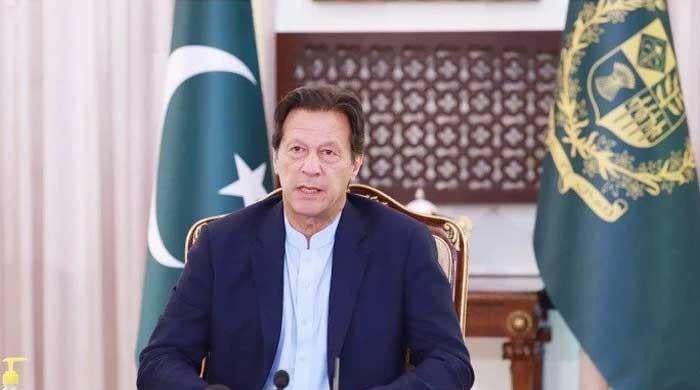Weekly currency update: Rupee likely to continue winning streak on IMF optimism
Local currency appreciated around 3% against US dollar during three trading sessions this week
August 14, 2022

- Traders say IMF bailout package will improve economic indicators.
- Local currency appreciated around 3% against US dollar during three trading sessions this week.
- Fall in global oil prices and stability in country’s political outlook support rupee.
The Pakistani rupee is expected to continue its upward trajectory on renewed optimism that the International Monetary Fund (IMF) bailout package will resume by the end of this month and improved economic indicators, say traders.
The local unit appreciated around 3% against the US dollar in three trading sessions this week. It concluded at 221.91 per dollar on Wednesday and finished at 2015.49 on Friday. The local unit maintained its rising trend, tracking gains in the local equity market.
Improvement in the supply of the greenback due to export-related proceeds, fall in global oil prices and stability in the country’s political outlook, and easing US inflationary pressures supported the rupee.
The prices of Pakistan’s dollar-denominated sovereign bonds also started to recover helped by the ease in default fears. The country’s five-year currency default swap declined to 17.44% on August 10 from its peak of 34.86% on July 20.
However, the foreign exchange reserves have been draining constantly. The foreign reserves held by the State Bank of Pakistan fell by $555 million to $7.83 billion as of August 5 on the back of increased external debt payments.
“We expect the rupee to gain further in the coming sessions as sentiment is positive on hopes of receiving IMF funds by the end of August. The IMF money will help stabilise the economy, shore up reserves and lend support to the rupee,” said a currency trader, The News reported.
To approve a rescue package for Pakistan, including the disbursement of approximately $1.18 billion before the end of the current month, the IMF called a meeting of its executive board on August 29.
The action follows the completion of the $4 billion in bilateral financing from four friendly nations and would open the door for an immediate transfer from the IMF, which is anticipated to be in Pakistan's account by the close of business on August 31.
A letter of intent (LOI) was received early on Friday from the lender for the resumption of the programme under the staff level agreement (SLA) and memorandum of economic and fiscal policies (MEFP) inked last month, according to Finance Minister Miftah Ismail.
To gauge the future direction of the rupee, it’s necessary to analyse the movement of the real effective exchange rate (REER). This showed a declining trend over the last 12 months. REER stood at 99.56 in July 2021, compared with 93.56 in May 2022.
According to Tresmark estimates, REER is currently around the 92.50 level.
“Given different inflation trajectories, REER is projected to be at 92.50 at August end if rupee is at 220/$. This level also coincides with market estimation levels of 220-225 as mentioned in the previous weekly. Interestingly, SBP restarted processing imports on the open account just as USD-PKR slid under the 220 level,” it said in a note.
“This too should bring in equilibrium in forex in/out flows amidst adjustments of old payments in the pipeline. However, short-term spikes to 205 level are widely anticipated by traders and should be built into the trading strategy,” it added.
The MPC meeting is announced for August 22. This will be a crucial meeting to decide if further rate hikes are required or if current levels are adequate. During the last auction, cut-off yields on treasury bills remained largely unchanged and the market expects a low probability of further rate hikes, it said.
However, keeping rates unchanged when inflation is still surging and the Fed is aggressively hiking rates will be a stiff challenge, it noted.
Originally published in The News











